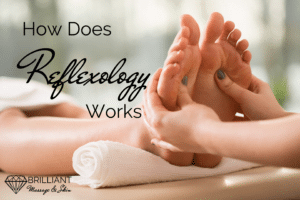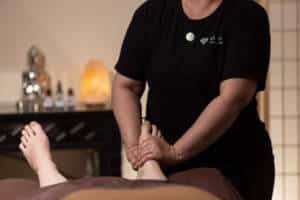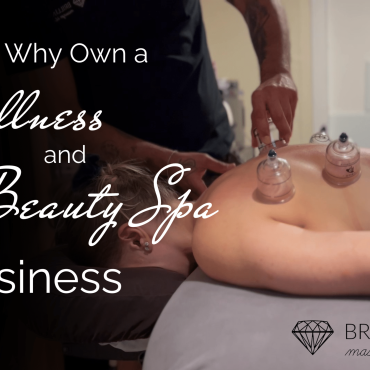How Does Reflexology Works?


Reflexology isn’t an entirely new therapy. It’s an ancient holistic therapy based on a 300-year old Chinese practice. It works on the basis that different areas of your feet correspond to different parts of your body. Massaging them using specific techniques can release energy ‘blockages.’ This gets the energy channels in your body flowing better and helps it heal itself. Reflexology treatments use hands to massage the different areas of your feet.
Medical experts think that reflexology works on the parasympathetic nervous system scientifically and encourages it to heal itself. Still, they do seem to agree that it can have powerful and measurable results.
Reflexology is best used as a relaxing holistic treatment. If you have a specific health condition that you want to try and address with reflexology, most doctors are happy to include reflexology in your treatment plan alongside conventional treatment.
What Happens in a Reflexology Session?
Your first session is likely to involve your reflexology practitioner asking you lots of questions. It is usually about your health, lifestyle, illnesses you have or have had in the past. They may also ask your reasons for wanting reflexology. They’ll need to get an overall picture of your health before your treatment starts.
The session usually involves the therapist putting different pressure types on specific areas of your foot with their thumbs and/or their forefingers. This highlights areas that are out of balance and need an extra massage.
During the session, some areas might feel tender or slightly uncomfortable. There is nothing to worry about, which means that extra work is needed in that area. After a treatment, you can ask the therapist which areas were tender or need attention so that you can address them if necessary.
How Many Reflexology Sessions Are Needed?
You could have reflexology as a monthly pick-me-up or relaxation routine. Or, if you’re using reflexology to address a specific problem, you might need at least six sessions.
What Can Reflexology Help With?
Many people use reflexology to treat specific conditions, including;
- Stress & anxiety
- pain, including back pain
- headaches & migraines
- irritable bowel syndrome (IBS)
- asthma
- fertility issues
- menopausal symptoms and
- period of pain.
Is There Anyone Who Shouldn’t Have Reflexology?

Some instances can stop you from having a reflexology treatment. First, if you have verrucae, athlete’s foot, or osteoporosis, you should avoid reflexology. Second, if you have recently broken or fractured a bone in your ankle or foot, give some time before going for a reflexology treatment. And third, if you have broken skin on your feet, you should avoid having reflexology.
Who would not think reflexology is amazing? If that all sounds appealing, call us or book your reflexology session now?
Brilliant Massage & Skin
Burlington, Vermont


